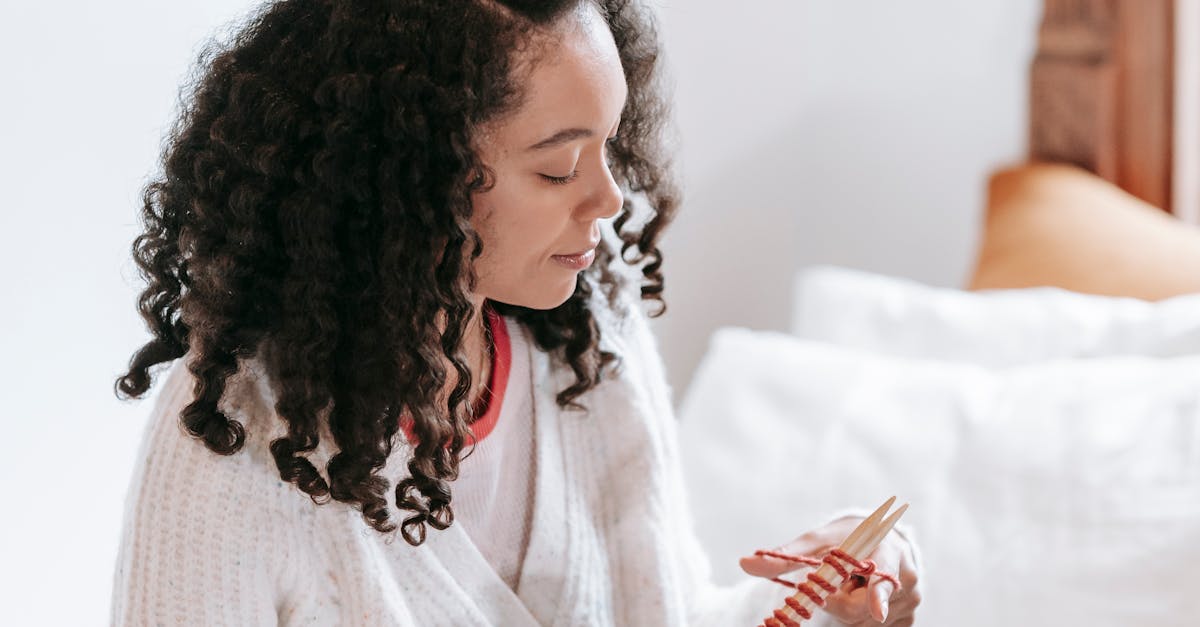Knitting enthusiasts are constantly on the lookout for new tools and techniques to expand their skills and create beautiful projects. From the intricate designs of cable knitting to the textured look of brioche, the delicate beauty of lace, and the colorwork of intarsia, there is a wide range of options to explore. In this article, we will delve into the pros and cons of these knitting tools and techniques to help you make informed decisions in your crafting journey.
**Cable Knit:**
Pros:
1. Creates visually stunning textures and designs.
2. Adds depth and dimension to your knitted pieces.
3. Offers a satisfying challenge for intermediate knitters.
4. Allows you to showcase intricate cable patterns.
5. Provides a versatile way to create stylish garments and accessories.
Cons:
1. Can be more time-consuming than traditional knitting.
2. Requires additional tools such as cable needles.
3. Mistakes in cable knitting can be harder to correct.
4. Patterns may be more complex and require close attention.
5. Tension consistency is crucial for a polished finished look.
**Brioche Knit:**
Pros:
1. Results in a reversible fabric with a unique, squishy texture.
2. Offers a relaxing and meditative knitting experience.
3. Allows for creative colorwork and endless design possibilities.
4. Ideal for creating cozy, warm garments and accessories.
5. Brioche stitch stands out in both solid and variegated yarns.
Cons:
1. Requires mastering the brioche stitch, which can be challenging for beginners.
2. Uses more yarn than traditional knitting due to the double-layered fabric.
3. Counting stitches and rows accurately is crucial for a balanced fabric.
4. Techniques may vary between one-color and two-color brioche.
5. Fixing mistakes in brioche knitting can be tricky.
**Lace Knitting:**
Pros:
1. Creates delicate and intricate openwork patterns.
2. Adds a touch of elegance and femininity to your projects.
3. Offers a lightweight and breathable fabric ideal for garments.
4. Versatile for incorporating lace motifs in various knitting projects.
5. Lace knitting is a timeless technique with a classic appeal.
Cons:
1. Requires careful attention to charts and stitch counts.
2. Common lace knitting mistakes can be difficult to rectify.
3. Not ideal for beginners due to the need for precise tension control.
4. Blocking lace projects is essential for showcasing the lace patterns.
5. Lace knitting can be time-consuming due to its intricate nature.
**Intarsia:**
Pros:
1. Allows for intricate colorwork and picture designs in knitting.
2. Ideal for creating bold, graphic patterns on your projects.
3. Offers a seamless way to knit with multiple colors in one row.
4. Enables you to customize your designs with different color combinations.
5. Intarsia creates flat, smooth fabric without added bulk from floats.
Cons:
1. Requires working with multiple yarn bobbins, which can be fiddly.
2. Tangles and twists in yarn bobbins can slow down the knitting process.
3. Separate yarn ends need to be woven in neatly to avoid gaps in the fabric.
4. Not suitable for projects with frequent color changes or small details.
5. Intarsia knitting can be less stretchy than traditional knitting.
In conclusion, exploring tools and techniques such as cable knit, brioche knit, lace, and intarsia can bring a new dimension to your knitting projects. Each method has its unique pros and cons, offering diverse challenges and creative opportunities for knitters of all skill levels. By understanding these aspects, you can choose the right tools and techniques to enhance your knitting skills and create stunning handmade masterpieces.


